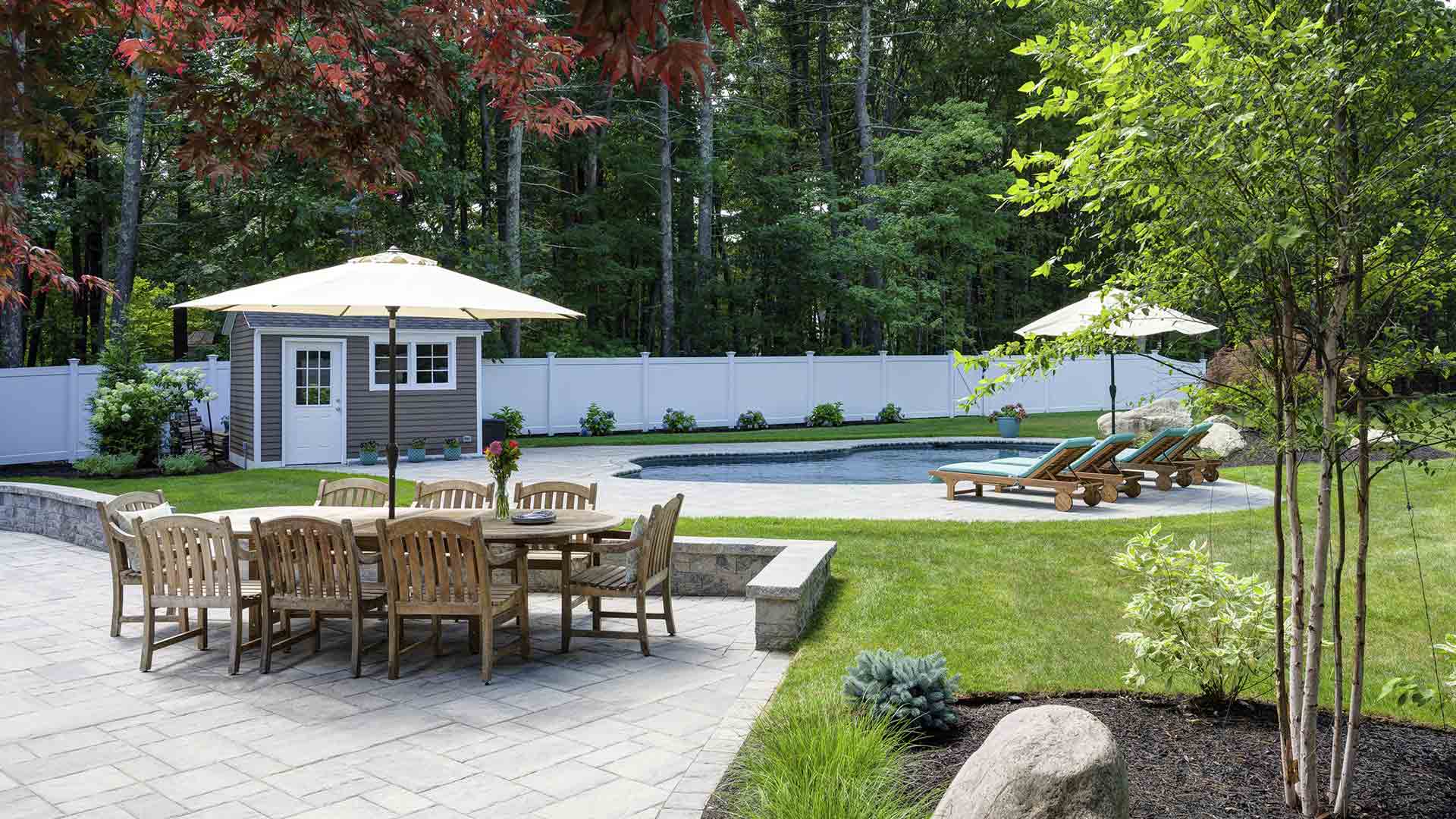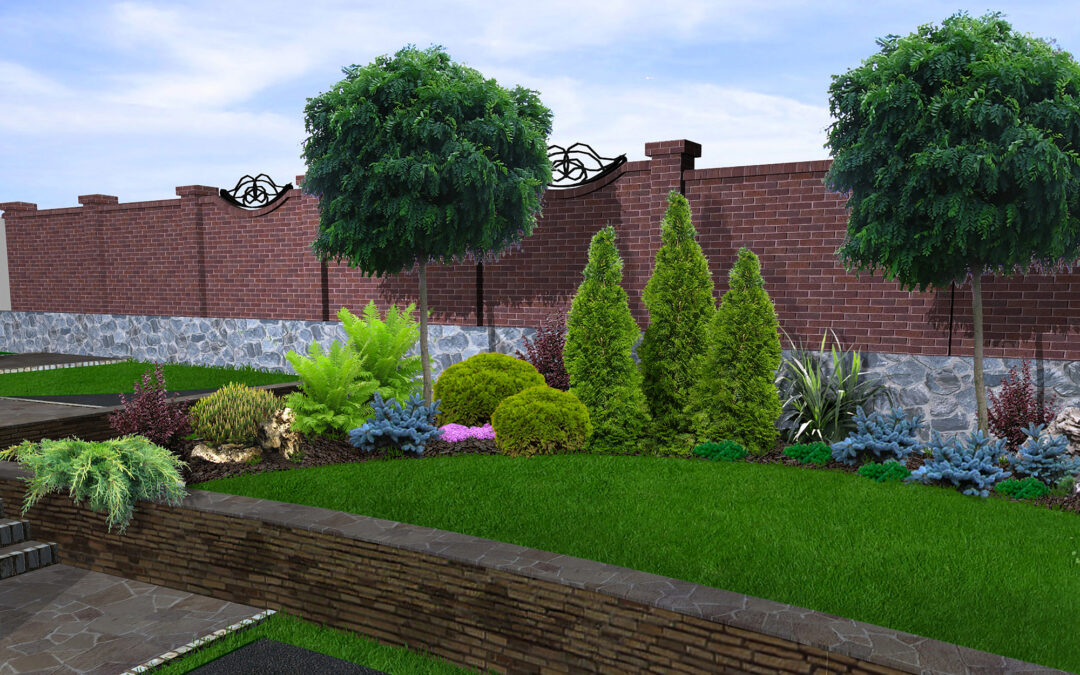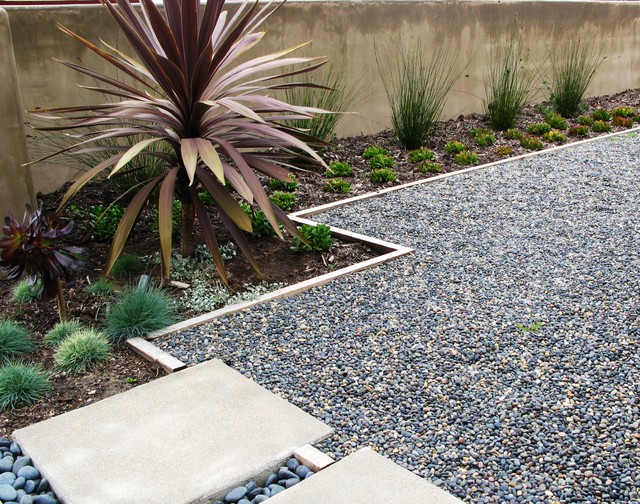The Basic Principles Of Landscapers
The Basic Principles Of Landscapers
Blog Article
The smart Trick of Landscapers That Nobody is Talking About
Table of ContentsThe smart Trick of Landscapers That Nobody is DiscussingSome Known Questions About Landscapers.The Definitive Guide for LandscapersLandscapers Things To Know Before You Get This5 Simple Techniques For Landscapers
- A tree or shrub (shrub) that loses its leaves in winter. In the PNW there are semi-deciduous or semi-evergreen plants that might lose their leaves relying on just how cool the winter months is. Abelia and some hebe are fine examples. Landscapers. - A flat celebration space, made of wood or composite material (made to appear like wood), typically nearby or connected to a structure.

- Granite that is weathered to the factor that it is a very fine accumulation. This is an all-natural process, and the result can be utilized for paths and patio areas. Broken down granite is frequently described as DG. It is specifically useful in contemporary landscapes. - Trick landscape features being proposed in a landscape layout strategy.
Landscapers Things To Know Before You Buy
These goals guide the layout process, not the designer's design or preferences. Typical layout objectives in Rose city are reduced maintenance, drought forgiving, and pet pleasant.
Nevertheless, in time this layer can get really thick and make it hard for water, sun, and nutrients to reach parts of the grass.- The procedure of gathering and regulating the circulation of water on a property. This can be done with grading, French drains, dry wells, absorptive surfaces, sump pump, rainfall yards, and a lot more.
Residence at the bottom of hills, with all-natural springs, or filled with heavy clay have one of the most drainage problems.- A slow-moving feeding irrigation system that utilizes adaptable tubing and emitters to send out an accurate quantity of water to each plant. This is one of the most efficient technique of irrigating plants. - The capacity of a plant to endure without much summer season water.
- A garden feature where water is represented by an accumulated rock product, normally a crushed rock or granite. These are most commonly discovered in modern-day and Japanese yard layout.- A stone or flagstone outdoor patio, course, or walkway built without a concrete base. The base would certainly be compacted gravel and the joints would certainly be an aggregate or walkable ground cover.
The Facts About Landscapers Uncovered
- A rock preserving or totally free standing wall developed without making use of mortar. A very knowledgeable mason is needed for a completely dry stack stone wall surface. Most walls in Rose city are not dry stacked, also if they show up to be. - An underground framework that gather water and enables it to slow down percolate into the dirt around it.
Landscape style that is compatible with a websites' setting in both look and sustainability without adverse effects to the setting. Edging in the landscape is a line of separation that develops aesthetic interest in the garden by dividing one section from an additional section.
Areas can likewise have a sensation of "room" given navigate here by trees, various other plantings, fencings, or displays. The landscape near the entry to a building.
A plant that is not native to the place where it will certainly be planted. Not all "exotics" are intrusive or damaging, and many can be well acted or drought forgiving (Landscapers). A mass planting of ferns. Thicker bladed turf grass that spread via rhizomes.: The degree of top article soil on your residential or commercial property before bark dust or garden compost is spread.
Fascination About Landscapers

The objective, reason, or activity that a location is be landscaped for. Space for expanding plants for checking out, consuming, or physical task.
Reduced plants that are permitted or urged to spread over a location. Can refer to any "hard" yard elements consisting of statuary or rocks but the majority of frequently is used to refer to courses, patio areas, and walls.: Height difference between the degree of water in a pond (or the level of the pump if it rests outside the pond) and the top electrical outlet of water which influences performance of the water pump in gph (gallons per hour).

The smart Trick of Landscapers That Nobody is Discussing
A more unwinded garden controlled by rounded rather than straight bed lines and a less inflexible structure. Typical PNW landscapes are casual. A plant that spreads out even more than preferred, or into environments where it does damage. Rose city has a checklist of invasive plants that need to not be mounted in landscapes since they can infect woodlands or rivers and be challenging to regulate.
Can consist of head placements and insurance coverage, pipeline sizing, GPM specs, and directory products required to install this system. Accredited professional who develops landscapes, schooled in design and design as well as in gardening.
Landscape designers usually have much less schooling than Landscape Architects and are not licensed. A finished landscape layout, describing all aspects for the new landscape.
A water tight HDPE product made use of below fish ponds, streams and waterfalls in water features. Utilizing many plantings of the same variety to fill up in a location in the landscape.
Report this page